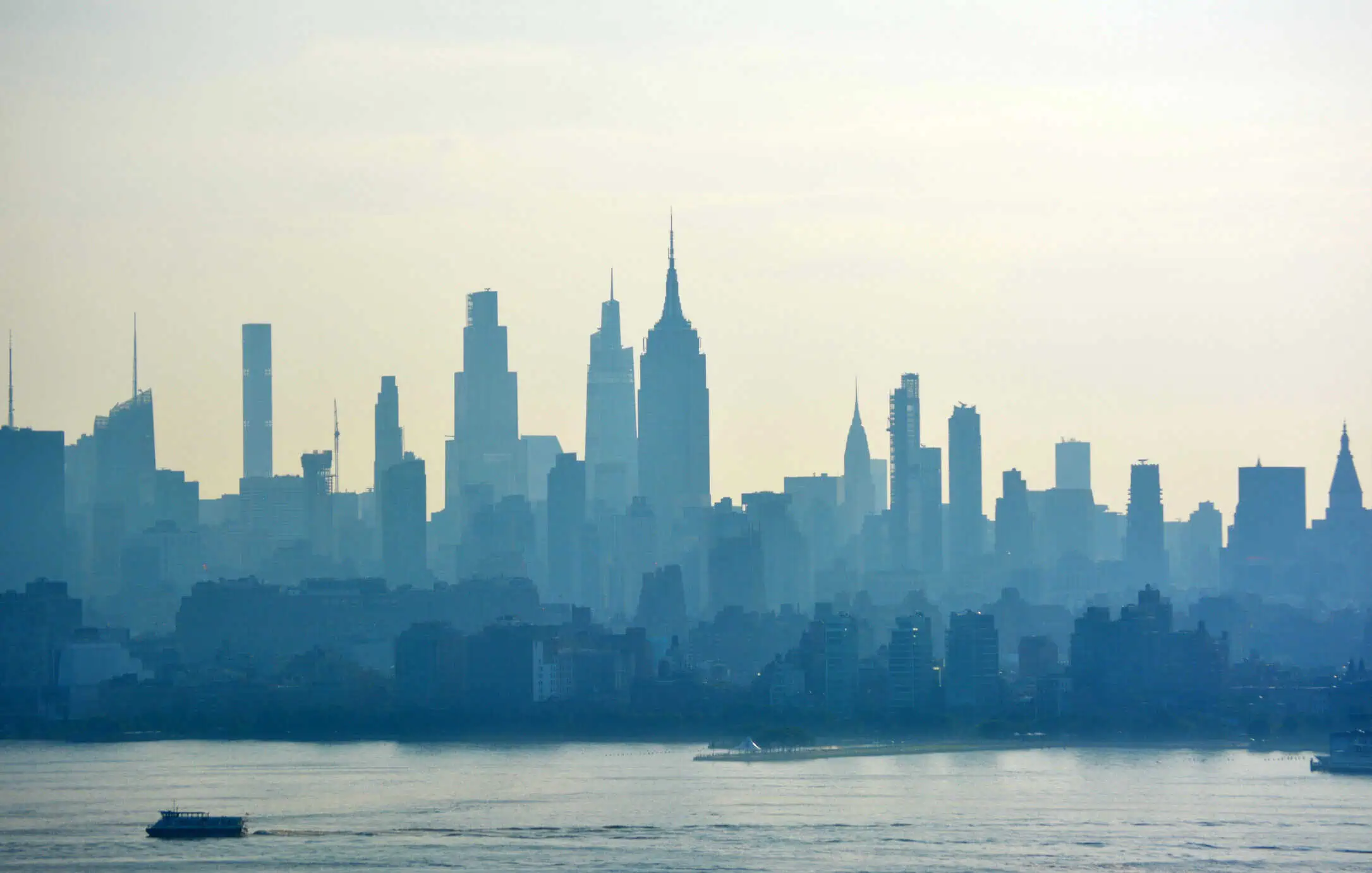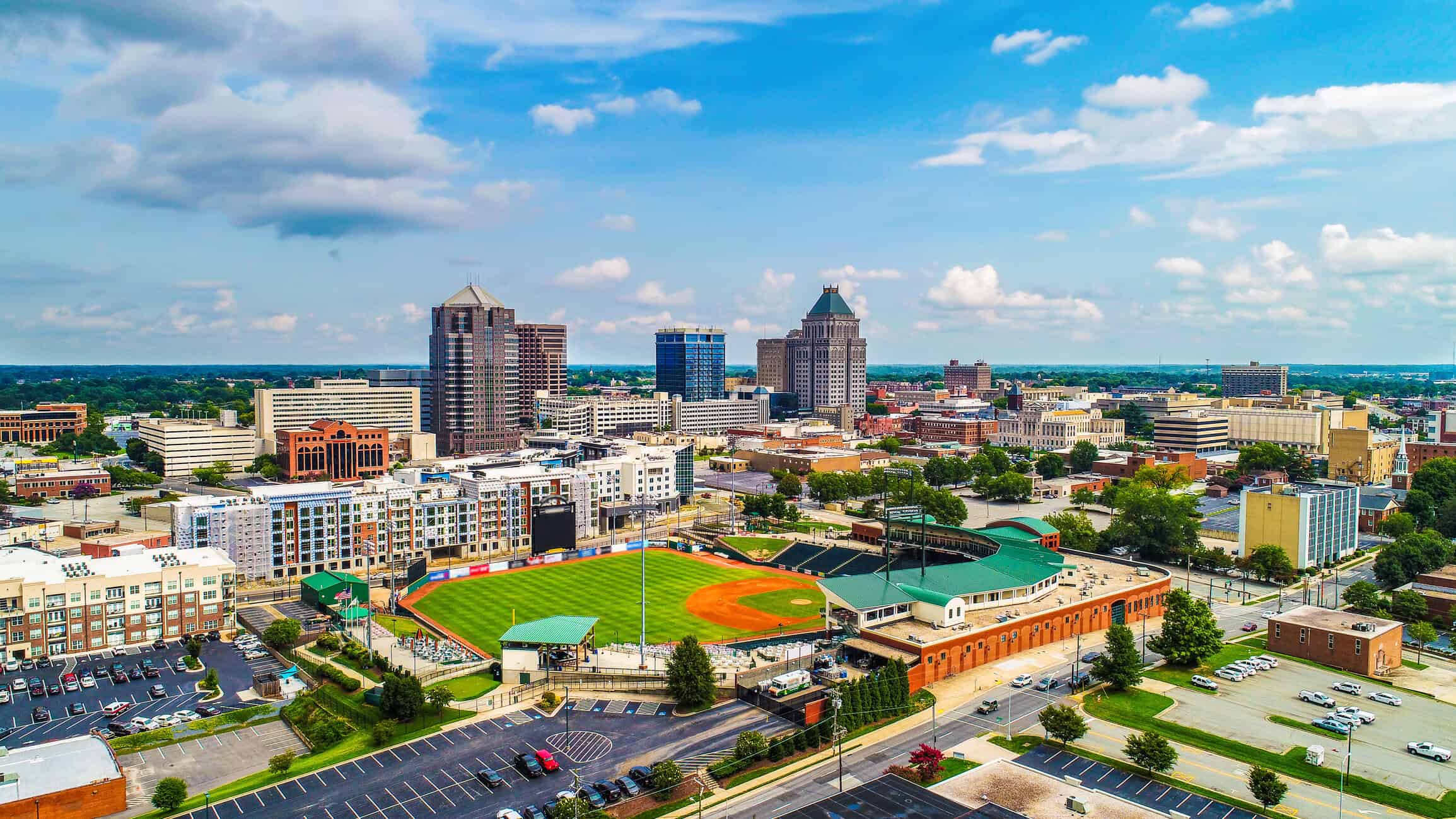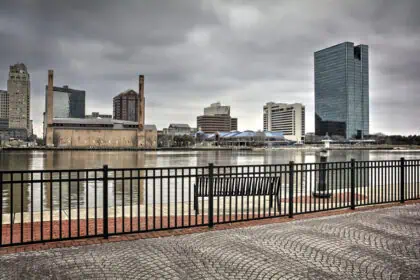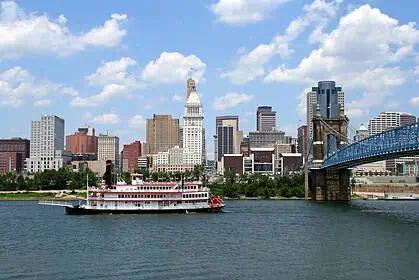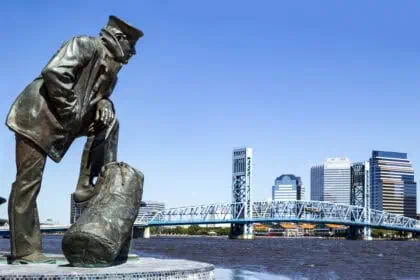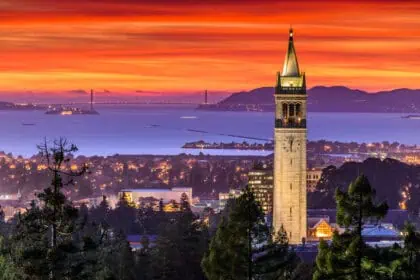San Francisco and much of the Bay Area colder than usual
SAN FRANCISCO, Wednesday, July 16 – A thick layer of fog blanketed the downtown skyline, marking yet another cool and misty morning in what has become the coldest first half of summer in decades for the Bay Area.
So far, summer 2025 has brought a rare reprieve from the scorching heat gripping much of the American West. Instead of triple-digit highs, many parts of Northern California—especially along the coast—have experienced well-below-average temperatures, persistent marine layers, and onshore winds.
San Francisco International Airport recorded an average maximum temperature of just 67.6°F (19.8°C) from June 1 through July 15—the coldest such period since 1965. Elsewhere in the region, Oakland, Santa Rosa, and San Jose are also seeing cooler-than-normal conditions, even though they’re slightly warmer than 2023, which started unusually cold before ending in a record-breaking heatwave.
Cool days outnumber warm ones in San Jose
In San Jose, 38 out of the first 45 days of summer have been colder than during the same stretch in 2024. Last year’s Independence Day hit a blistering 93°F (33.9°C); this year, the thermometer barely reached 76°F (24.4°C).
The contrast with 2024 couldn’t be sharper. Just a year ago, July brought record-smashing temperatures across California, with Alameda, Contra Costa, Napa, Santa Clara, Solano, and Sonoma counties all logging their hottest month ever. Now, thanks to a lack of persistent high pressure in the upper atmosphere, the Bay Area has been spared that same fate—so far.
Why it’s been so cold
Typically, hot and dry summers across the West are driven by strong, stubborn high-pressure systems, like the Four Corners high and the offshore Pacific high. But this year, those systems have remained stationary, allowing cool ocean breezes and onshore flow to dominate much of coastal Northern California.
According to meteorologist Heather Waldman, Northern California is currently sitting in a kind of “Goldilocks zone” of atmospheric balance—neither too hot nor too cold on a large scale, but consistently mild locally due to the absence of heat-building features in the upper atmosphere.
The role of climate change
Unlike in 2023, when cool weather stretched across nearly all of California during the first half of summer, this year’s chill is confined to the Bay Area. The rest of the Southwest is facing typical to above-normal heat.
Yet, even in this unseasonably cool year, the long-term warming trend remains. From 1950 to 2005, the Bay Area warmed by about 1.7°F (0.9°C) on average. Projections suggest that temperatures in the region will rise by several more degrees by 2100, as human-caused climate change continues to reshape the climate.
With cooler-than-average temperatures expected to persist through late July, a blazing-hot August would be required just to bring summer 2025 back to normal levels.



